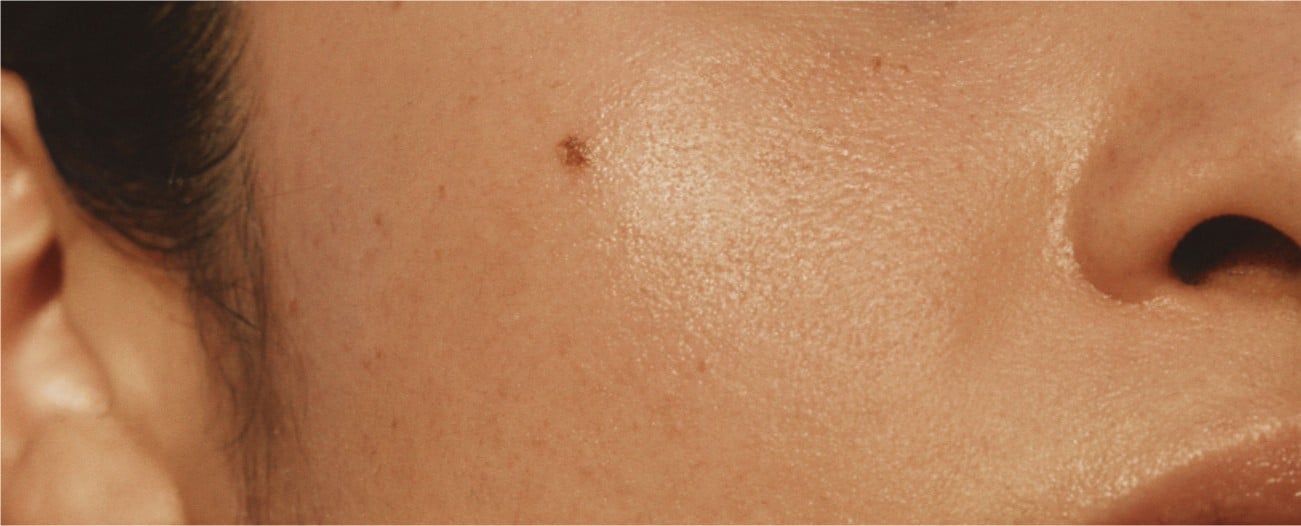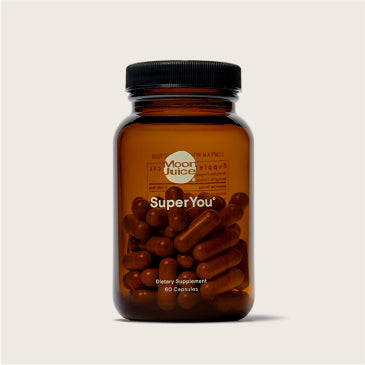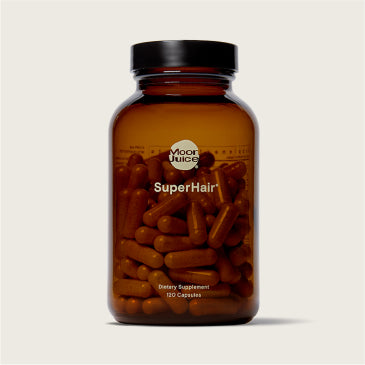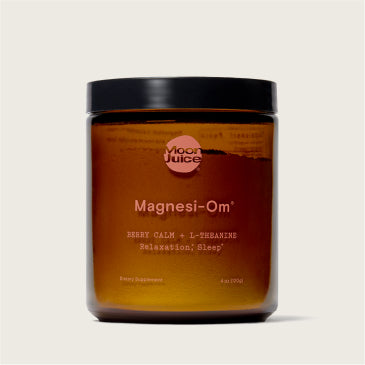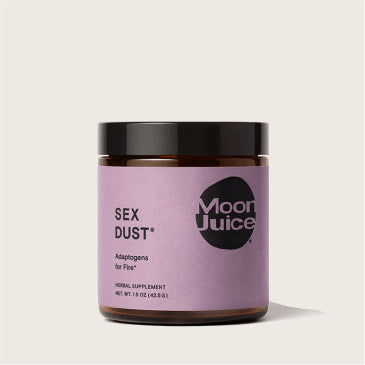If your skin care routine includes scrubbing your skin till it’s irritated, red, and inflamed, consider chemical exfoliation. Chemical exfoliants, Alpha Hydroxy Acids (AHAs) in particular, help remove dead skin without microtears and barrier disruption.
While the word “chemical” might make you take pause, AHAs actually tend to be gentler than physical exfoliants that use gritty ingredients to clear away dead skin cells.
Always wondered, “what does AHA do for skin?” Here’s the low-down.
What is AHA in Skin Care?
AHAs help improve skin’s appearance in a few key ways. This skin care product can increase collagen production by stimulating your collagen-making fibroblast cells.
They also improve the skin’s texture by breaking bonds between dead skin cells and creating space for new skin cells to take their place.
One 2015 study involving 52 participants found that a 21-day skin care routine including AHA products significantly improved the look and feel of skin without major side effects.
There are a few types of AHAs, including:
- Glycolic Acid
- Lactic Acid
- Citric Acid
- Hydroxycapric Acid
- Hydroxycaprylic Acid
Among these, research shows the strongest evidence for Glycolic and Lactic Acids. Plus, they tend to be less irritating than other AHAs.
Because Glycolic Acid has tiny molecules, it can penetrate more deeply than other AHAs, making it a top ingredient choice in skin care products. That also means it does come with some potential for irritation, but that often tapers off as your skin gets used to it.
AHAs are safe to use on pretty much all skin types, but if you have super sensitive skin, you might want to start with a low concentration or space out your applications to give your skin time to adjust.
Benefits of Using AHA Exfoliants
Alpha Hydroxy Acid exfoliants like Glycolic Acid can target the top and deeper layers of your skin, providing many benefits.
Collagen
AHAs can stimulate the skin’s fibroblast cells, which are the cells that make new collagen. And more collagen = plumper skin and better skin elasticity.
And Glycolic Acid doesn’t just exfoliate. Regular use allows it to penetrate deeply into the skin to help support collagen synthesis, keeping skin bouncy and elastic.
Resurfacing
By dissolving the bonds between dead skin cells, AHAs help slough off that old skin layer without the need for harsh scrubbing. This makes room for shiny new skin cells to take their place, leading to brighter, more vibrant skin.
Discoloration
Improved skin cell turnover also means that over time, using AHAs can even out skin tone and reduce the appearance of discoloration like scarring, sun damage, and age spots.
Fine Lines
Collagen breaks down with stress and time. When collagen production is low, that means skin slowly starts to lose elasticity and plumpness, making way for fine lines and wrinkles. And slowed cell turnover leads to dead skin cell build up on the skin’s surface, which can leave your skin looking dull and make the signs of aging even more obvious.
Using AHAs can help slough away dead cells and support collagen production, lessening the appearance of fine lines and wrinkles, including forehead lines.
Unclogging Pores
Glycolic Acid is a superstar in this area because it’s capable of penetrating more deeply than other AHAs, allowing it to unclog pores and decrease the number of visible whiteheads and blackheads. It’s great for sensitive skin and acne prone skin.
This pore-unclogging action also helps to prevent bacteria and sebum build up inside your pores, helping with acne breakouts.
AHAs also lower skin pH, discouraging bacterial growth that can cause acne.
Priming for Hydration
By chopping through dead skin cells, AHAs boost your skin’s ability to absorb other skin care products. Instead of sitting on top of your skin blocked by grime and old skin cells, AHA blasts through the debris, making way for hydrating creams and serums to work their magic.
Adding AHA to Your Skin Care Routine
Some products contain either AHAs or BHAs, but for a double dose of skin-renewing power, go with a treatment that contains both ingredients.
Our Acid Potion liquid exfoliant contains a potent 25% blend of AHAs and BHAs, including Glycolic Acid to break down dead cells and gluey dirt and help stimulate collagen production, Lactic Acid to help encourage cellular turnover, and Salicylic Acid (derived from Willow Bark) to help penetrate and unclog pores. Our formula has Niacinamide and adaptogenic Reishi mushroom to hydrate and soothe the barrier during chemical exfoliation.
Remember to continue using SPF since hydroxy acids can make your skin more photosensitive. Applying sunscreen in the morning won’t just protect you from harmful sunburn, though. You’ll also be protecting your skin from discoloration and sped-up signs of aging.
How Often Should You Use AHA Exfoliants
You can use this liquid facial up to 3 nights a week in the PM by applying a nickel-sized amount directly to your face and neck with your fingertips — Don’t rinse! After applying, follow up with creams or serums to lock in moisture. The liquid exfoliator primes your skin to soak up whatever product you apply next.
Sign Up, Nerd Out
Get wellness tips, education, and recipes
delivered straight to your inbox.
Get wellness tips, education,
and recipes delivered
straight to your inbox.
Sources
- Alpha hydroxy acids. (2022). https://www.fda.gov/cosmetics/cosmetic-ingredients/alpha-hydroxy-acids
- Glycolic acid. (n.d.). https://pubchem.ncbi.nlm.nih.gov/compound/Glycolic-acid
- Kim SJ, et al. (2015). The effect of physically applied alpha hydroxyl acids on the skin pore and comedone. https://pubmed.ncbi.nlm.nih.gov/26032934/
- Smith WP. (1996). Comparative effectiveness of alpha-hydroxy acids on skin properties. https://pubmed.ncbi.nlm.nih.gov/19245467/
- Tang S, et al. (2018). Dual effects of alpha-hydroxy acids on the skin. https://www.ncbi.nlm.nih.gov/pmc/articles/PMC6017965/
- Tran D, et al. (2015). An antiaging skin care system containing alpha hydroxy acids and vitamins improves the biomechanical parameters of facial skin. https://www.ncbi.nlm.nih.gov/pmc/articles/PMC4277239/

